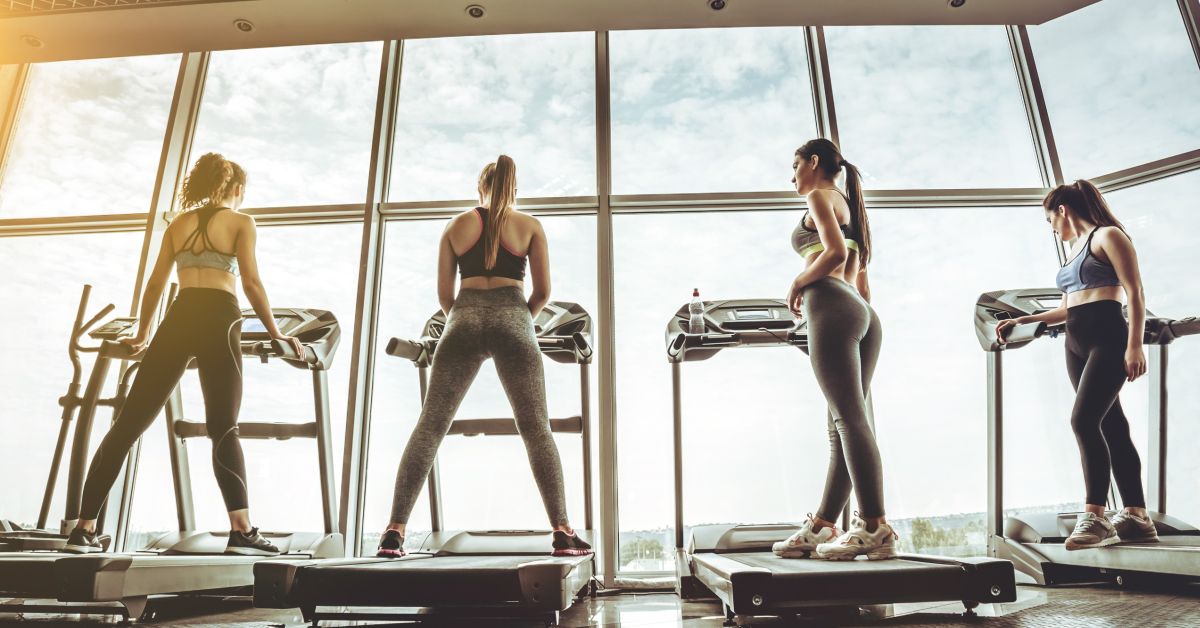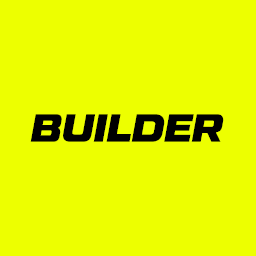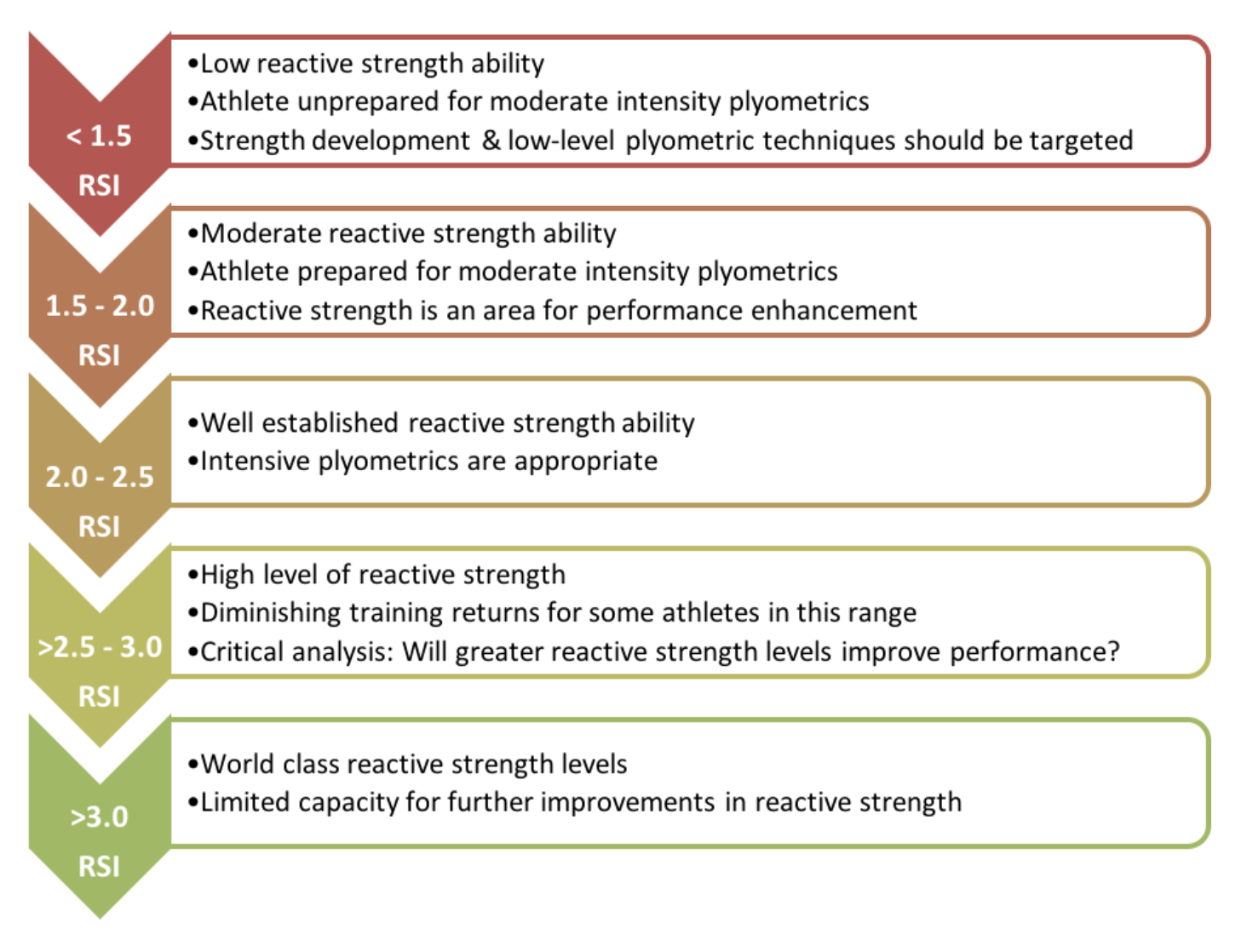- Joined
- Nov 2, 2008
- Messages
- 21,964
Looks like a forehand.
Discover new ways to elevate your game with the updated DGCourseReview app!
It's entirely free and enhanced with features shaped by user feedback to ensure your best experience on the course. (App Store or Google Play)
IMO Double Dragon is outstanding for sequence and tilted balance training + abrupt weight shift powered with gravity all in one drill. I think it's good fundamental motor training, and good tilt training, and good efficiency training. It's brilliant. There may be diminishing returns at a point. And like all drills there's no one "fix all."You can criticise me all you want as long as i get better.
I hate throwing over the top, you have no idea.
I might travel to finland to get help from joona merele ( the guy you had a meeting with today/yesterday ) since he can physicaly show me how to fix it)
Im doing double dragons all the time, it feels like im some karatekid movie just waiting for a evolution breakthrough.
so i shouldnt try to go for the yellow line?
I just go for whatever feels best?
I end up like this on the pad and i think hitting the line is harder on green line then yellow?
Hmm, good stuff.IMO Double Dragon is outstanding for sequence and tilted balance training + abrupt weight shift powered with gravity all in one drill. I think it's good fundamental motor training, and good tilt training, and good efficiency training. It's brilliant. There may be diminishing returns at a point. And like all drills there's no one "fix all."
The posture most people use to throw is different enough that learning to balance and brace usually requires more work. That's why Sidewinder or others have so many ways of trying to teach it, and it gets harder to learn as you are older, and you can probably find room to improve for your whole life. There are apparently data coming out on this too.
Just for the sake of variety to supplement any drills: it is possible that adding "constraints" that force your body to adjust could help too. For example, perhaps intending to try and move down the Blue AND Yellow AND Green line down the tee and hit the line each way may train a new motor pattern and your movement adjust to it. From a learning perspective, I think it is important that the hole had a very small gap that you had to hit each time.
Sometimes this happens with "random" training too. For example, it is more effective to vary the putting starting points and conditions, which seems wrong but actually causes the brain to make a more "robust" motion pattern. If focusing on the drill postures and actions isn't working, make how you move in the environment force you.
My guess is that Joonas would emphasize some of the posture differently such that it causes more emphasis on the "stop" action of the brace and try to get your balance to commit the action down the line.
Probably a good on season thought. Also look for those FH lines like sidewinder said ;-)im just gonna be free and try to shoot the best i can.
If you have it,Looks like a forehand.
Probably a good on season thought. Also look for those FH lines like sidewinder said ;-)
What are you doing for rate of force development?
Well im gonna tell you one thing, the studies they have done on the norwegian 4x4 is quite insane.I continue to research athletic training and am adjusting my personal routine again, so I appreciate anything/everything you share!
Maaaan you saying I need to try to run again? I used to injure myself every time I tried for any period of time lolWell
Well im gonna tell you one thing, the studies they have done on the norwegian 4x4 is quite insane.
Everyone no matter what sport you do, should do 4x4 1-2 times a week, problem is that its quite brutal mentally and people have problems motivating themselves to do it.
You live longer by drinking/smoking/running 4x4 then doing none of all these 3 things.

 shopbuilder.eu
shopbuilder.eu


 www.ncbi.nlm.nih.gov
www.ncbi.nlm.nih.gov


Maaaan you saying I need to try to run again? I used to injure myself every time I tried for any period of time lol
Sounds intense:

The Norwegian 4x4 Protocol That Can Make the Heart 20 Years Younger
In a recent video, Dr. Rhonda Patrick biomedical scientist detailed the benefits of the Norwegian 4x4 Protocol to the heart. In ashopbuilder.eu
My legs are getting better but still not in great overall condition overall or relative to my core and upper body, so I will keep building up my striding strength in all directions and be adding some moderate intensity plyos to my own routine next. Some of Sidewinder's drills are also great disc golf specific plyometrics if you add momentum/speed/height.
Some new things I've learned about conditioning and pushing limits:
It appears pretty uncontroversially true that peak leg strength sets a ceiling for ground force reaction transfer (and safety), and after that the reactive strength conditions how fast and reliably a planting leg transmits force.
Interestingly, it's apparently possible that longer, lighter, thinner players like you can get away with a lower Reactive Strength Index because they are relying on longer levers, and they have less body mass to resist against when they hit the ground (whether you are more vertical or horizontal changes where the muscles load, but there is still a high peak force demand on the chain). This is not just speculation. Of course, building on what a longer player already has is probably never a bad idea, I'm just saying that where they get their power is different and being quick and long and light and whippy and mobile is a major advantage in general.
Heavier and shorter-limbed people apparently benefit much faster and more overall from building stronger and more reactive legs because they need to (1) resist their own body mass in the plant and (2) still get a fast reaction force from the ground and (3) move their bigger mAss overall in the first place. I still take the MLB pitcher Strider Spencer as a prime example of a somewhat less exceptional body type but has maxxed out on leg peak strength and reactive strength, which also allowed him to build better mechanics and throw 100mph over and over. There are also examples in disc golf you can probably guess about.
I think that is then where your broader rate of force development builds more and more efficiencies and resilience in the chain. Apparently sports scientists recommend spreading this kind of training out over 5+ years, with the early years building the foundation and strength ceiling in the relevant muscle groups, then increasingly building on basic strength and plyometrics. You're well past the beginning phase/pushing your ceiling; I am still in the very early stages and basically near the beginning because I had to go through rehabilitation first.
Below is a chart for two-legged Reactive Strength Index (RSI). Apparently you can have asymmetric RSI between the legs, which is relevant to disc golf and also shows up in baseball pitchers (for example, very strong and reactive plant leg, and relatively less reactive drive leg). I think most people recommend training symmetrically for overall function and health reasons, but some people argue you should specialize asymmetrically to a task (which might have athletic advantages for competitors, but long run implications for health. I am still not sure the asymmetry is always justified in athletics that involve skilled motions and fully body mobility and versatility like disc golf).

I haven't measured it, but I am probably in the 1.5 and entering 1.5-2.0 range. My guess based on your background is you are already well into the mid-high 2s at least (which apparently may be adequate for long body types), but wouldn't be surprised if you are a bit higher.
For stout, heavy body types like mine, I would apparently need to ascend the RSI for legs much deeper to compete with a longer, lighter, etc. player for a given speed/distance. It will also likely help me move better and more athletically overall, meaning that it will help my form work. It is a Virtuous Circle. Based on the chart and being more of a "weekend warrior" player myself, I would be very happy to be in the 2.0-2.5 range, partly for performance and partly for longevity's sake to help protect my challenged knees. Going higher than that usually takes many hours of specialized training.
For you, body type really helps. You would consider whether you are getting diminishing returns from building strength and RSI and want to focus mostly on motions and skills training (while maintaining athleticism of course).
Here's a relatively recent review on increasing RSI. Short version is you can use a simple jumping test to calculate it:

How to Improve the Reactive Strength Index among Male Athletes? A Systematic Review with Meta-Analysis
The reactive strength index (RSI) describes the individual’s capability to quickly change from an eccentric muscular contraction to a concentric one and can be used to monitor, assess, and reduce the risk of athlete’s injury. The purpose ...www.ncbi.nlm.nih.gov
Maximizing Lunges:
Just remembered and I am not sure you have discovered this:
I noticed that at least sometimes you do dumbbell lunges with the knee moving forward well past the ankle. I think there is a place for those in exercise and quadriceps loading, but when I started to do dumbell lunges with a longer forward stride and ending more like the guy in the middle (loads more glutes and hamstrings, my overall balance/stability started to improve. I think the leverage and reactive force I get in the plant is slowly increasing as I do the lunges more dynamically/land with more momentum impact force, which also recruits more calves (anyone reading this who has never tried it - TAKE IT SLOW AT FIRST). E.g., Paul is showing an example of doing a motion somewhat like a lateral lunge with the knee braced behind the ankle - is posture lands closer to the guy in the middle and the leverage is more like his.
This is also related to some of the "hinging" issues in your throwing (like you vs. Jamie Sadlowski) that Sidewinder and I had been talking about.
View attachment 338722
Can also focus on lateral lunges staying postured knee inside the rear ankle - don't let it leak:
View attachment 338726



Alright man. Again, you may not want to try to deal with this right now because it is a fundamental change in sequence and mechanics. I want to show you in a few ways. You have seen some of them but maybe not all. Ready?
Drills are not just drills - they are also diagnostics.
Here is what is going well in your Double Dragon - keep doing it:
1. You are kicking and moving arm back pretty vertical
2. You are letting your body go into the "North-South" tilted balance.
Here is what to change:
1. Your sequence is out of order. The kick needs to go back before the arm. It should feel like kick is helping swing the arm back.
2. You would need to start bracing the move both ways with the knee inside the ankle. In the image below, Sidewinder's knee is braced up even more inside his ankle than it looks on this camera angle. Your knee leaks well past the rear ankle. My guess is if you fully extended the kicking leg, you would start to fall down.
When I do Double Dragon, if I try to do it while letting the knee leak past the rear ankle like you, I cannot internally rotate very well into my hip (even on my normal leg). I think these things are directly related to each other. If I try to let my hip internally rotate while the knee is leaking past the ankle, the move gets very weak and I start to fall down.
I think your hips don't want to internally rotate because:
1. You are letting the leverage of your knee leak past the ankle like this (fix it in double dragon) or
2. You have a mobility issue and are compensating (fix it with mobility exercises, plus double dragon) or
3. You just don't really have a lot of muscle memory for internally rotating in the backswing (fix it with e.g., seabas22 Open-To-Closed crush the can or Double Crush the Can drill).
This is also causing you to "hinge" incorrectly like we were talking about before - because your body has no choice!
View attachment 338736
Because of the above and the posture it makes you get in, you cannot fully get in Hershyzer posture like most top DGPT throwers. As we've discussed, Simon's move is unusually good so I wouldn't just try to copy him, but notice that his posture is more closed up, his shoulder and pelvis are more sloped toward the ground, and his motion looks more like a wave than a flat line. A big part of it is coming from the fact that he is coiling into the rear side like Double Dragon with the mechanics described above. I just like to use this shot of Simon because it makes the Hershyzer posture much clearer..
View attachment 338738
What I am describing is not unique to Simon, Seabas, or Double Dragon, but also the emerging form trend in Finland and Europe driven by players like Kuoksa and Rasmus Saukkoriipi. There is a difference in the posture in transition into and out of the X-step. Some of the main differences are that they are postured to (1) emphasize the "stop" action of the brace, (2) maximize the horizontal move, (3) use their posture to make the distance from the reachback to the release as long as possible. However, Kristian here is still (1) internally rotating into the rear hip in the backswing, and (2) internally rotating into the front hip when he plants to throw and resists the ground.
View attachment 338741
I am not a physician, but just wanted to give you food for thought from my chats with coaches and independent research:
This move quite likely requires much more strength and reactive strength and hip mobility in smaller muscles like the hip abductors, gluteus medius and minimus, and the trunk than Simon's move. Simon's move likely puts most of the bracing load more squarely on the posterior chain muscles.
I've seen sidewinder and other coaches use things like lateral jumps and throws where you jump right back off the ground. I think that helps sharpen up the reactive part of the move. I am going to start doing it in his "kick the can" drill as part of my plyometrics.This is very interesting, i do lateral jumps sideways with med balls. Usually what happens is that i use so much power that i have to do a mini jump after i land, transfering the power upwards or i will tip over ( i should probably not do that.
I could probably try the lat lounges without leaking during my strenght/hypetrophy phase.
Kneesovertoes is just to protect my knees and to strenghten them and is in my workout just for longevity, i do this 2 times a week.
Same with 4x4, mostly for longevity in life but it transfers over to explosive strenght. (Just a littlebit though, faster oxygen to muscles )
have you tried walking backwards on a treadmill for (10 minutes) and tibialis raises?
Thoose things has made wonders for my friends knees and pain in the shin from planting hard into the ground, i also have that 2 times a week in my routine.

Its wierd that suddenly my lats became relaxed and started stretching more during my backswing, just by throwing. It feels like a warmup stretching band getting pulled and then released.I always like a visual reminder: this is a lot of "meat to leave on the table." Think of all that muscle and fascia briefly stretching and then contracting hard and fast out of the backswing.
While I lack in legs, I have a lot from this. Sidewinder, Clint Easterly, big crushers. You have just found it too!
View attachment 338924
Actually just one more plug/benefit of double dragon in warmups:Its wierd that suddenly my lats became relaxed and started stretching more during my backswing, just by throwing. It feels like a warmup stretching band getting pulled and then released.
( before i used the triceps more to start the motion)
If i can solve the double dragons and sit down more combined with this elastic smack, it will be ridicolous